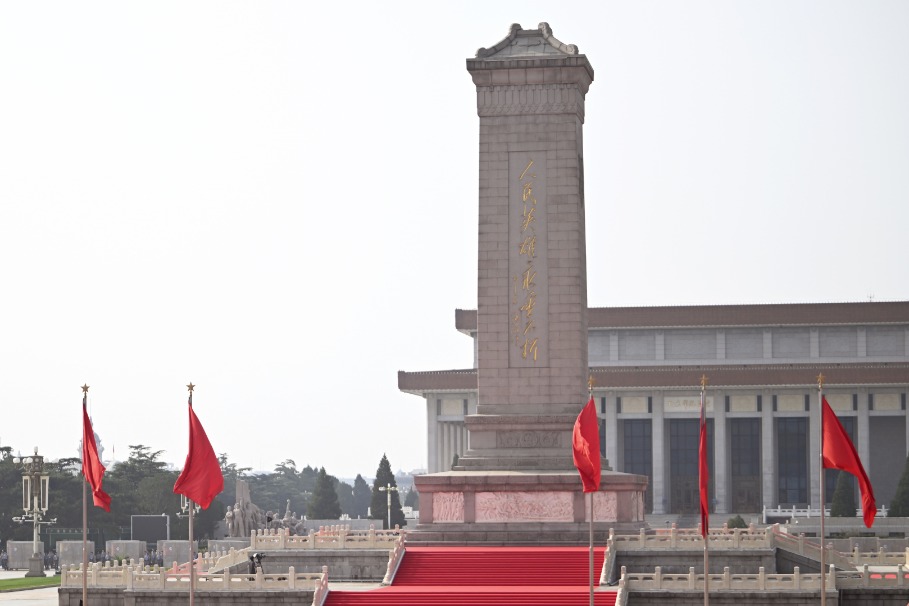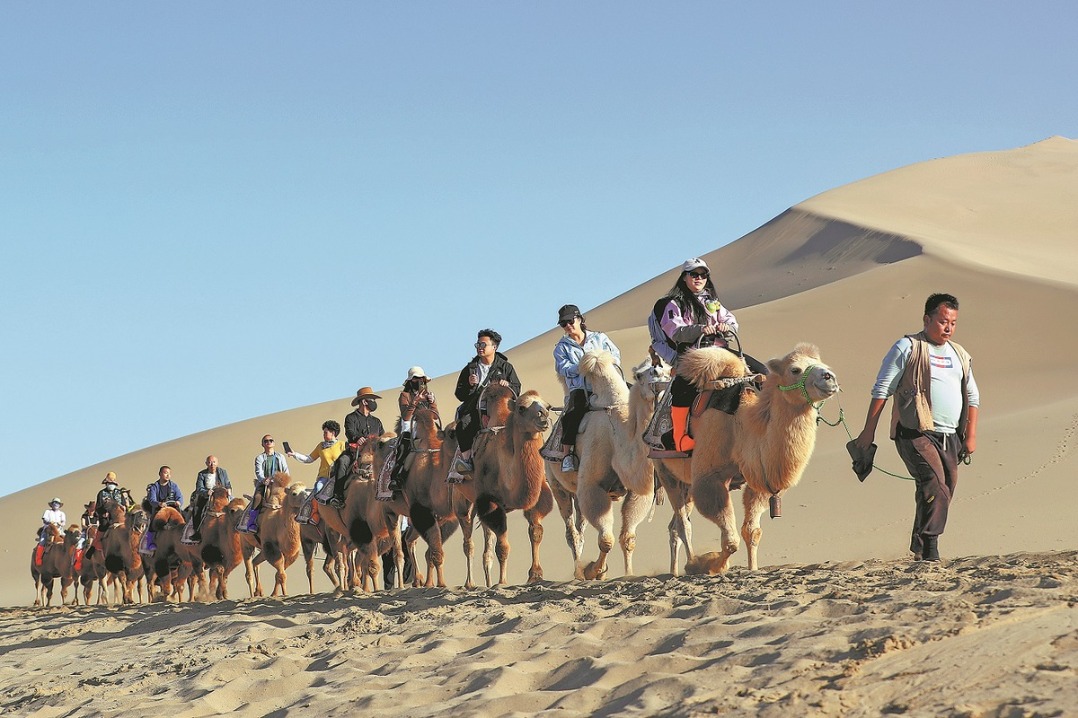Lion dance serves as testament to community and inclusivity
Xinhua | Updated: 2024-09-30 06:34

For many Chinese born in the 1980s and '90s, the first thing that comes to mind when discussing the lion dance is the martial arts movie Once Upon a Time in China III featuring Jet Li as Chinese martial arts master and folk hero Wong Fei-hung.
In this classic movie, Wong travels from Foshan, Guangdong province, to Beijing for a "Lion Dance King" competition where he confronts political intrigue and the cultural clash between tradition and Western influences. As he navigates personal and national challenges, Wong relies on his martial arts skills to protect his loved ones and uphold his principles, creating a narrative rich in cultural heritage.
The origins of the lion dance date back over a thousand years in China. Traditionally performed during Chinese New Year, cultural festivals and significant occasions, this art form is intended to ward off evil spirits and invite good fortune.
Over time, the lion dance has emerged as a cultural bridge connecting the past and present and the East and the West, through a shared appreciation for its artistic beauty and symbolic significance.
The story of Kelvin Tran, a participant in the 2024 World Chinese King of Lion Dance Championship in Nanjing, Jiangsu province, reflects this journey of cultural transmission.
Born in Australia to grandparents from Chaozhou in South China's Guangdong province, Tran grew up in a Sydney neighborhood where lion dancing thrives. His parents often took him to watch lion dance performances, sparking his interest in the art form.
A family friend introduced him to the practice when he was 8 years old, marking his pivotal step into the world of lion dance. As his passion grew, Tran cofounded the Qing Fong Dragon and Lion Dance Team in 2018.
Within Chinese communities, lion dance is more than just a performance; it is a communal activity that involves intricate teamwork and rigorous training. For 24-year-old Tran, lion dance is a pathway to building and strengthening community ties in Australia.
"Our membership has grown to over 70, so it's quite a big team, and it's gaining popularity, which is great for us," he says. This growth reflects the deepening of relationships among members. "I wouldn't call them just friends; I call them family," Tran emphasizes, highlighting how the lion dance fosters familial bonds that enhance social cohesion.
Moreover, the lion dance is a testament to community and inclusiveness. "We're open to everyone and anyone," Tran explains. "At the moment though, it's mostly Asian demographics but we are more than happy to welcome others onto our teams."
























